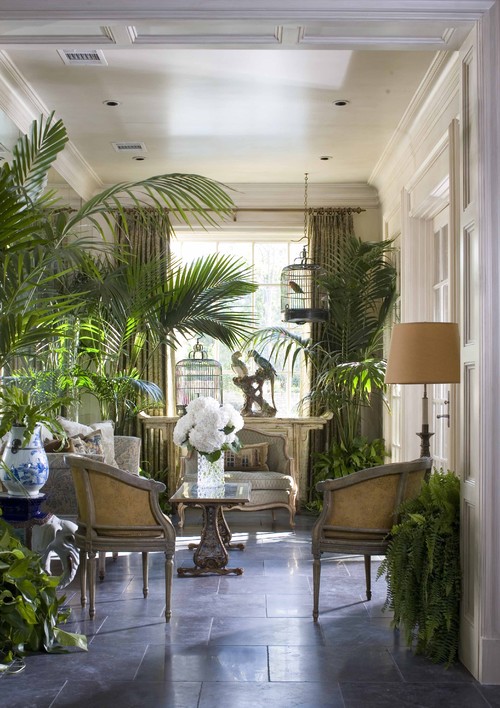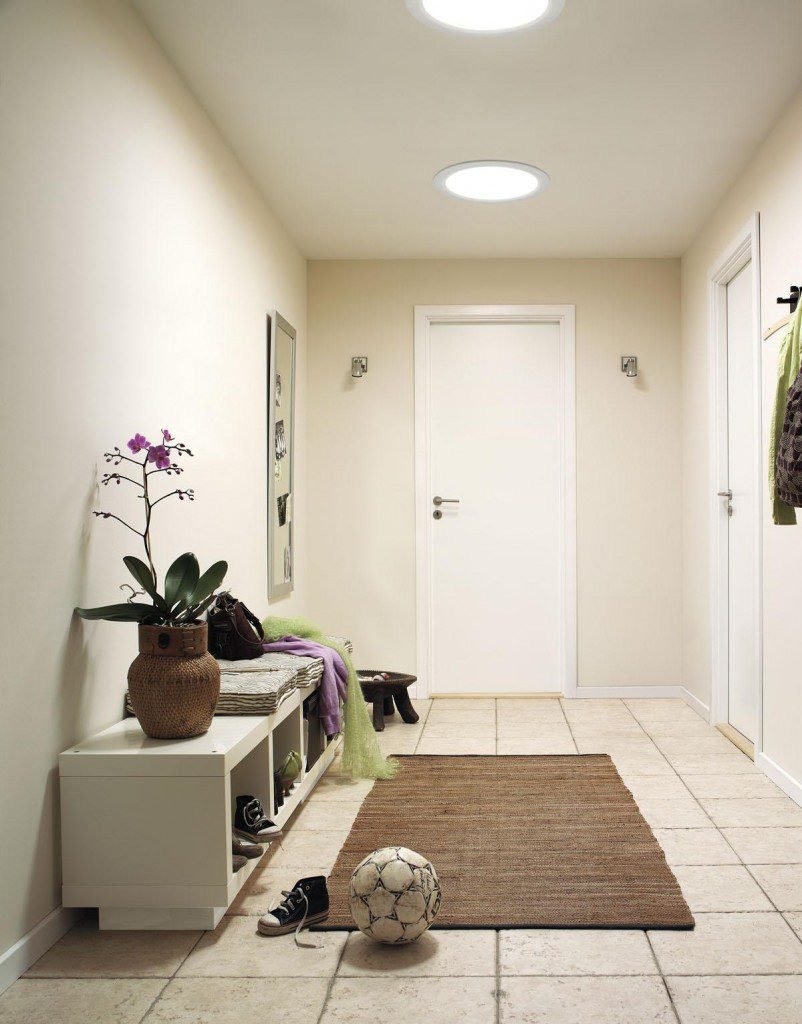Usually houseplants are thriving in summer and spring, but the real challenge is to help them survive the winter. However, there is nothing more beautiful than you can enjoy a green corner while outside snow settles on the ground.

Photo by Period Homes, Inc. – Look for sunroom design inspiration
During the warm season, plants adjust to the environment, especially if they were kept outside, to the specific light, temperature and humidity conditions. Certainly, they have received much more light and have enjoyed a wetter environment than normally benefit in confined spaces. They also have adapted to fluctuations in temperature up to 20 degrees Celsius (68 degrees Fahrenheit), between day and night.
Bringing the Plants Inside
When the weather cools, the nights become longer and bringing plants inside, their living environment will face sudden changes. They do not get the same amount of food and water, and their growth process is stopped suddenly, and therefore it is important to ensure a smooth transition between seasons, otherwise the plants risk to die. This “stress” on your plants is manifested by yellowing and wilting of the leaves and flowers and even their fall.
Great Ways to Decorate with Plants, Home Decorating Ideas (part 1)(video)
Keeping the Plants Inside
a) It’s good to not place the pots in spots where there are cold drafts or near the sources that emit hot air.
b) Keep your plants in the same containers they were outside. Now is not really a good time to bother their roots.
c) Check if plants contain pests or other insects. Remove them by hand or with special products from a florist.
d) Cut the dead leaves and clean your plant from dry wood. Disinfect your cutting tools between two plants, so as not risking to infect a healthy plant after using them to diseased plants.
e) Clean each leaf with a damp cloth, especially plants with large leaves. Dust and pollen clogs their pores and they cannot get anymore the amount of light needed for photosynthesis, and also they will not be able to absorb the needed moisture.
f) Very dry air can damage your plants, especially if they are tropical and need a humid climate to thrive.
g) Angle of sunlight undergoes changes between seasons. Thus, summer plants that have received sufficient light in a certain place in the house, cannot receive as much in the winter. So, it is a good idea to move your plants until you will find the ideal place for each of them.
h) Because most plants slow their growth process during the winter, avoid to add fertilizer until spring.
i) Also, do not water them as much as during the summer, because plants do not need the same amount of water as then. They actually come in a variety of hibernation mode, and do not consume the same amount of water. Do not water them with cold water, only at the room temperature and do not let their leaves to touch the cold glass of the window.
Great Ways to Decorate with Plants – Best Ideas (howtobuildahouseblog.com)


